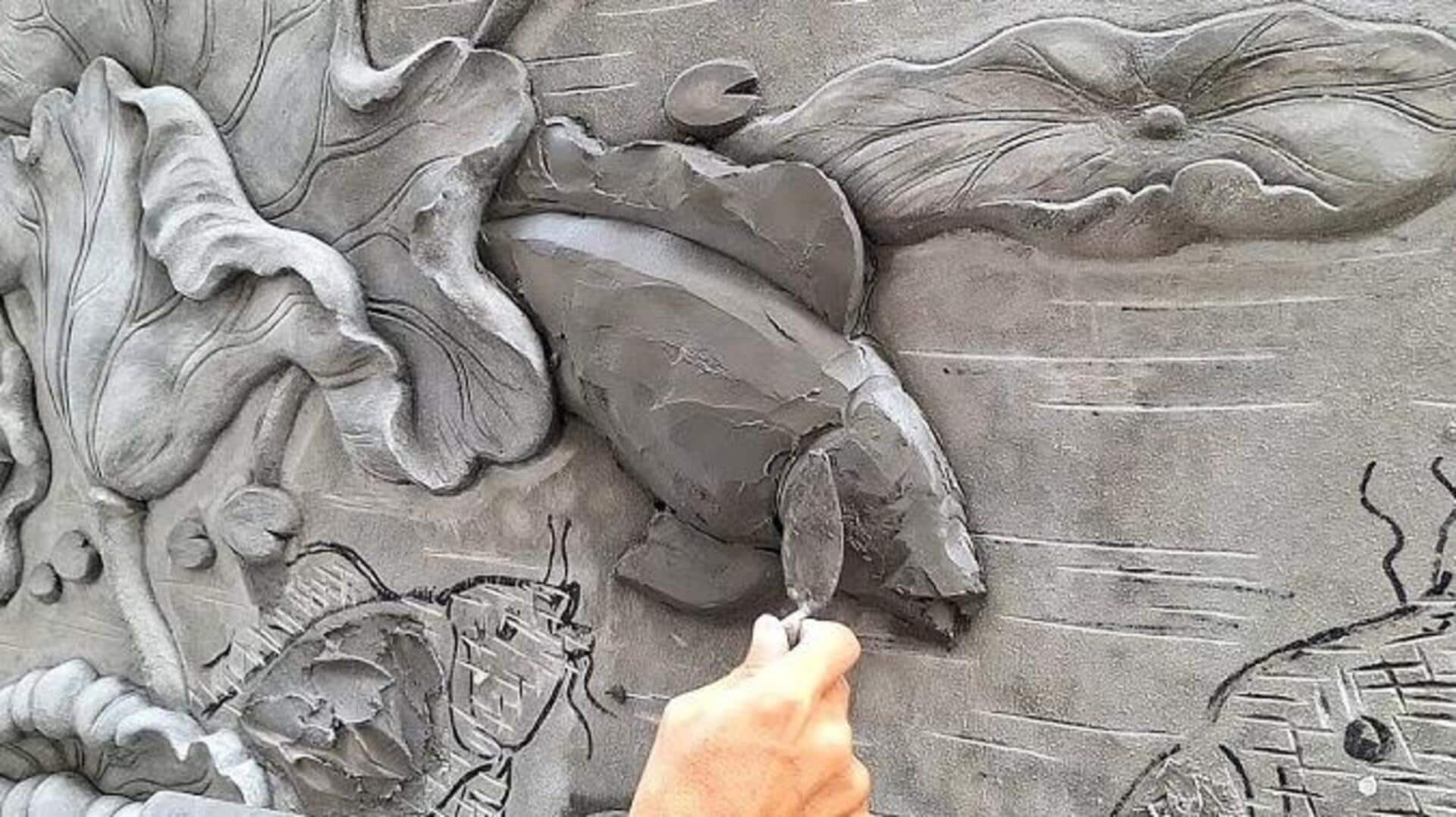
What is concrete sculpture artistry? How to create your own?
What's the story
The art of concrete sculpture combines the strength of building material with the delicacy of artistic expression. This article delves into the craft, shedding light on techniques, materials, and the unique possibilities it presents. Concrete's adaptability and resilience make it perfect for outdoor pieces, capable of holding fine details and textures. Artists harness the potential of this medium to create enduring works that resist the elements while exhibiting meticulous artistry.
Foundations
Understanding the basics of concrete
Knowing your concrete is key to mastering sculpture artistry! It's a mix of fine and coarse aggregate, held together with a fluid cement that eventually hardens. The mix ratio is super important; a standard sculpture mix is a one:two:three ratio of cement, sand, and aggregates. Changing these ratios changes the strength and texture of your sculpture, and that's the secret of concrete art!
Toolkit
Selecting the right tools and materials
Having the right tools is key when working with concrete. Essentials include mixing containers, trowels for shaping, sculpting tools for detailing, and safety equipment. Concrete is caustic, and the dust can be harmful, so always wear gloves and a mask. For larger sculptures, adding reinforcements such as wire mesh or fiberglass will significantly improve strength. Artists also play around with additives to change drying times or finishes.
Crafting process
Techniques in molding and casting
Molding and casting are the backbone of concrete sculpture art. Artists craft molds from materials like rubber, plastic, or even sand to form the shapes of their sculptures. The type of mold used depends on the intricacy and size of the piece. Casting is the process of pouring the mixed concrete into these molds and letting it cure completely before removing it to unveil the final sculpture.
Finalizing artwork
Finishing touches: Texturing and coloring
After demolding, sculptures frequently require refinement, including texturing and coloring. Artists employ various techniques to create texture, including carving the piece when it's partially cured or incorporating materials that add surface interest. Coloring adds another layer of complexity; whether using pigments mixed directly into the concrete or applying stains after curing, artists have significant creative control over the final look of their work.
Preservation
Maintenance tips for longevity
Concrete sculptures may be durable, but they need some TLC to keep looking their best over time. Sealing sculptures with the right stuff keeps moisture from seeping in and causing weathering. A little elbow grease goes a long way - regular cleaning with gentle methods keeps those textures crisp and clean without any damage.